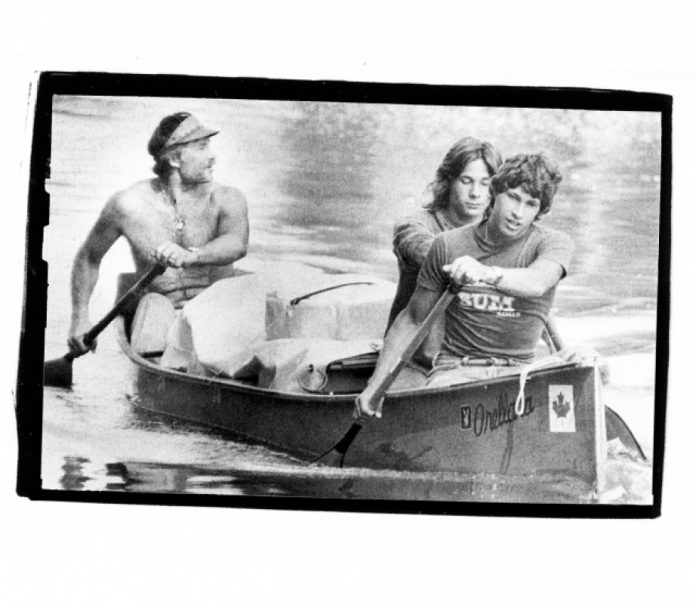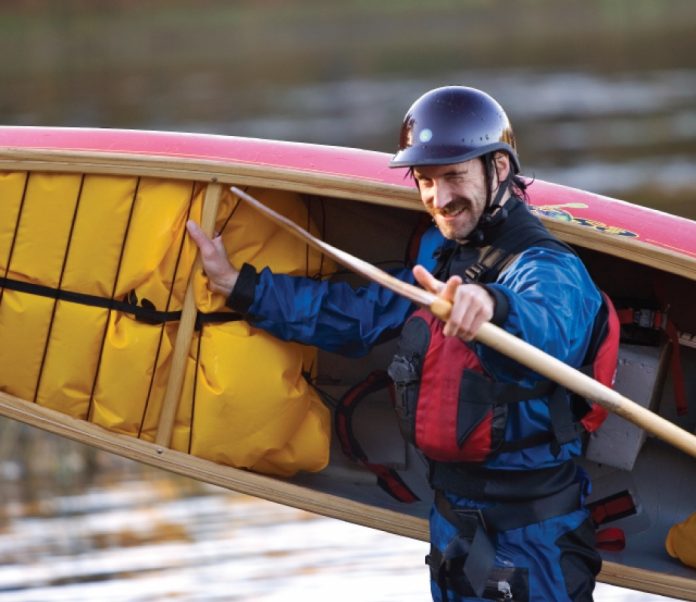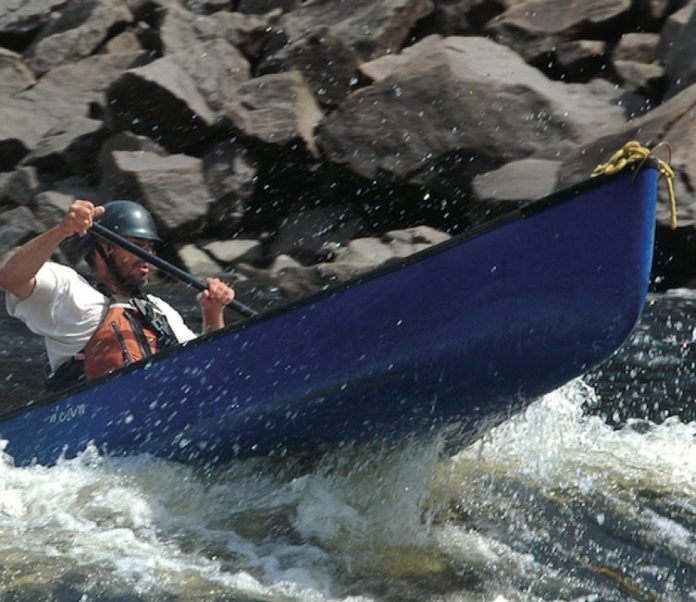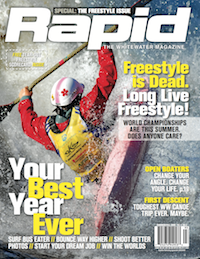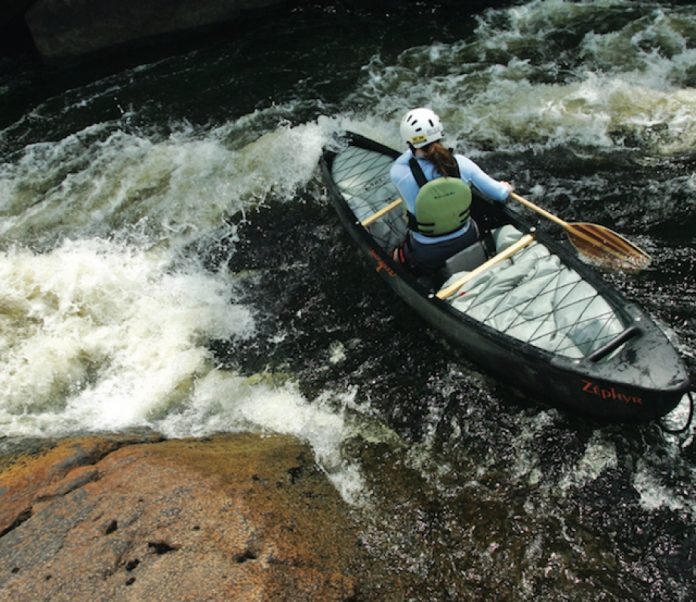In 1783, an industrious group of nearly 10,000 Loyalists fleeing the American Revolutionary War left New York and arrived at the mouth of the St. John River. In two short years, the hard-working Loyalists turned this simple British fort into Canada’s first incorporated city—Saint John. With its ice-free port and easy access to high quality lumber, Saint John quickly became one of Canada’s most important centers of industry. The Loyalists’ work ethic has prevailed for more than 200 years and today Saint John is the industrial engine of the Maritimes. Home to Canada’s largest oil refinery, two pulp and paper mills, a power plant, a natural gas terminal, a brewery and enough coffee shops to float an armada of kayaks, Saint John is an unabashedly blue collar town. But when the shift ends, working stiffs from every walk blow off steam at one of the country’s premier—and little known—urban park-and play-spots.
Whitewater Lowdown
Saint John owes its remarkable whitewater to the city site’s particularly unique geography. Just five minutes from downtown, the St. John—one of eastern Canada’s largest rivers—meets the world’s highest tides (up to 40 feet) at the Bay of Fundy. Kayakers at Reversing Falls—so named because, at high tide, the influx of seawater creates rapids that run upriver—are the beneficiaries of this volatile confluence. The rapids vary from class I at mid-tide (when the elevations of river and sea are the same) to class V at high and low tides (when the difference in elevation can top 14 feet). And with features constantly appearing, disappearing and moving around, the variety is a real treat. For challenging downriver paddling and a change of scenery, head east to the Broad and Forty-Five rivers in Fundy National Park (class IV–V, 2 hrs).
Cross-training
Sea Kayaking: Irving Nature Park, on the city’s west side, provides direct access to the Bay of Fundy. For a scenic, historic day trip, launch here and paddle four kilometres east to park-like Partridge Island, a former quarantine station and fort during both World Wars.
Mountain Biking: A five-minute drive from up- town, 890-hectare Rockwood Park is one of Canada’s largest urban parks. Twenty-seven kilometres of mapped trails and many more of signed singletrack cut by local mountain bikers keep riders, runners and hikers busy after work.
Skiing: In winter, the renowned Maritime storms dump an average of three metres of snow on the city and Rockwood Park can become a wonderland for cross-country skiers and snowshoers—until the next rains, anyway.
Grub, Pub and Hubbub
Stop for breakfast at Slocum and Ferris in the Saint John City Market, or grab a snack at Pete’s Frootique. Opened in 1876, the City Market is North America’s oldest and has long been the city’s social focal point. For evening entertainment, check out a show at the grand and historic imperial theatre, or listen to Saint John’s up and coming musicians at Lily’s Café in Rockwood Park. Summers in Saint John are also a great time to experience the East Coast music scene. In July, the Salty Jam Festival brings together all types of music from folk to reggae for three days on the waterfront.
Local Hero: Harry Cox
“You don’t stop kayaking when you get old; you get old when you stop kayaking.” This sentiment would sound trite coming from anybody but Harry Cox, the 60-year-old dean of New Brunswick kayaking. A retired chemical engineer, Cox isn’t content to spend his golden years lounging in a rocking chair. If he’s not putting the young punks to shame at Reversing Falls, he’s likely with the Canadian Freestyle Kayaking team (he’s the manager), at the pool teaching neophytes to roll, lecturing high school students about following their passions, or even driving an ambulance as a paramedic. One thing you won’t see Cox doing is sitting still.
This article originally appeared in Rapid magazine, Spring 2010. Download our free iPad/iPhone/iPod Touch App or Android App or read it here.



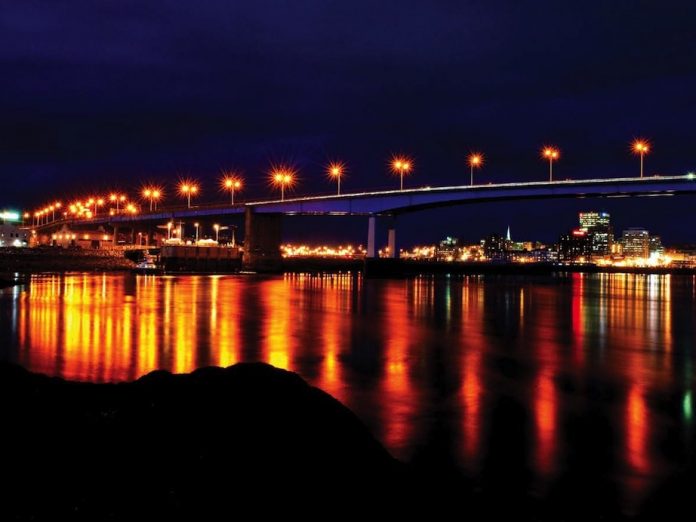
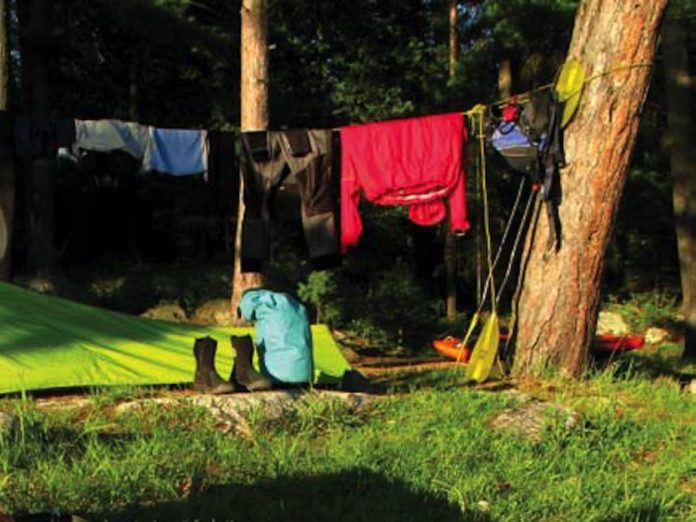
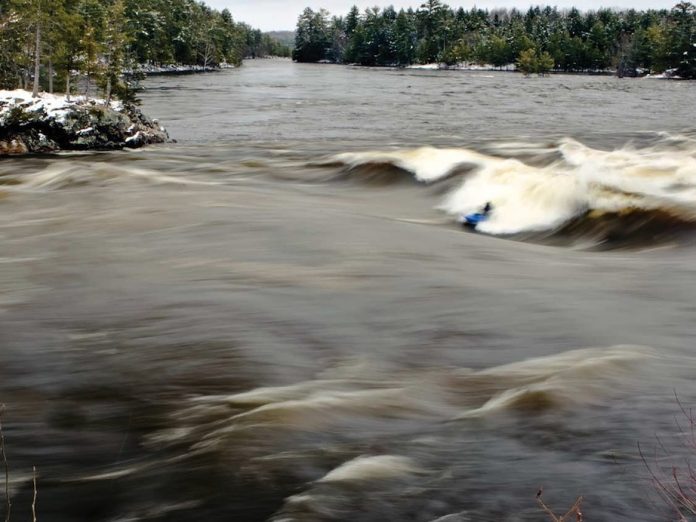
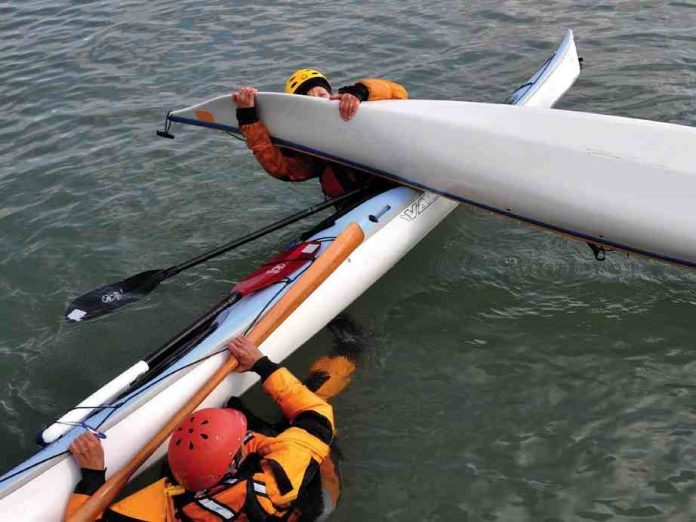
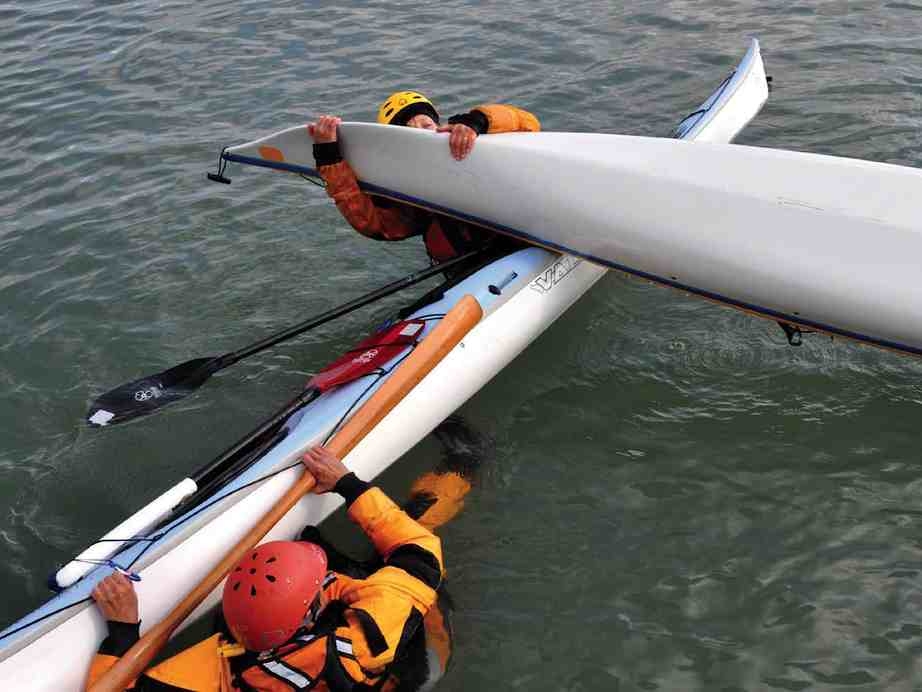
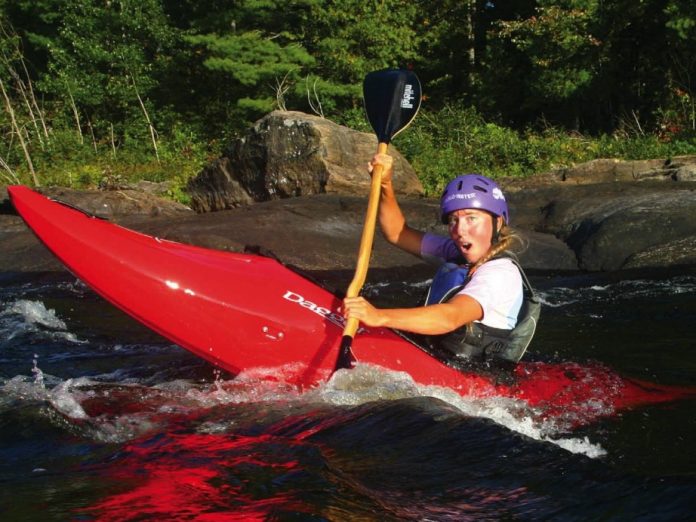
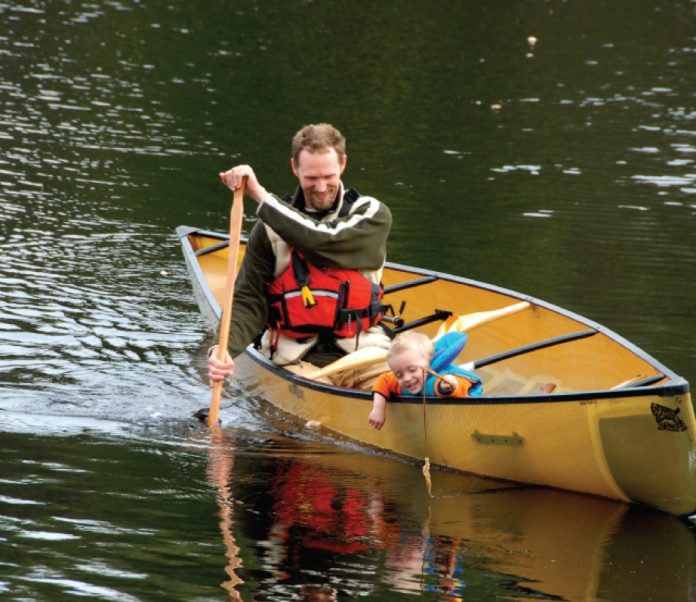
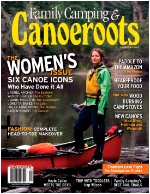 This article first appeared in the Summer/Fall 2009 issue of Canoeroots Magazine.
This article first appeared in the Summer/Fall 2009 issue of Canoeroots Magazine.